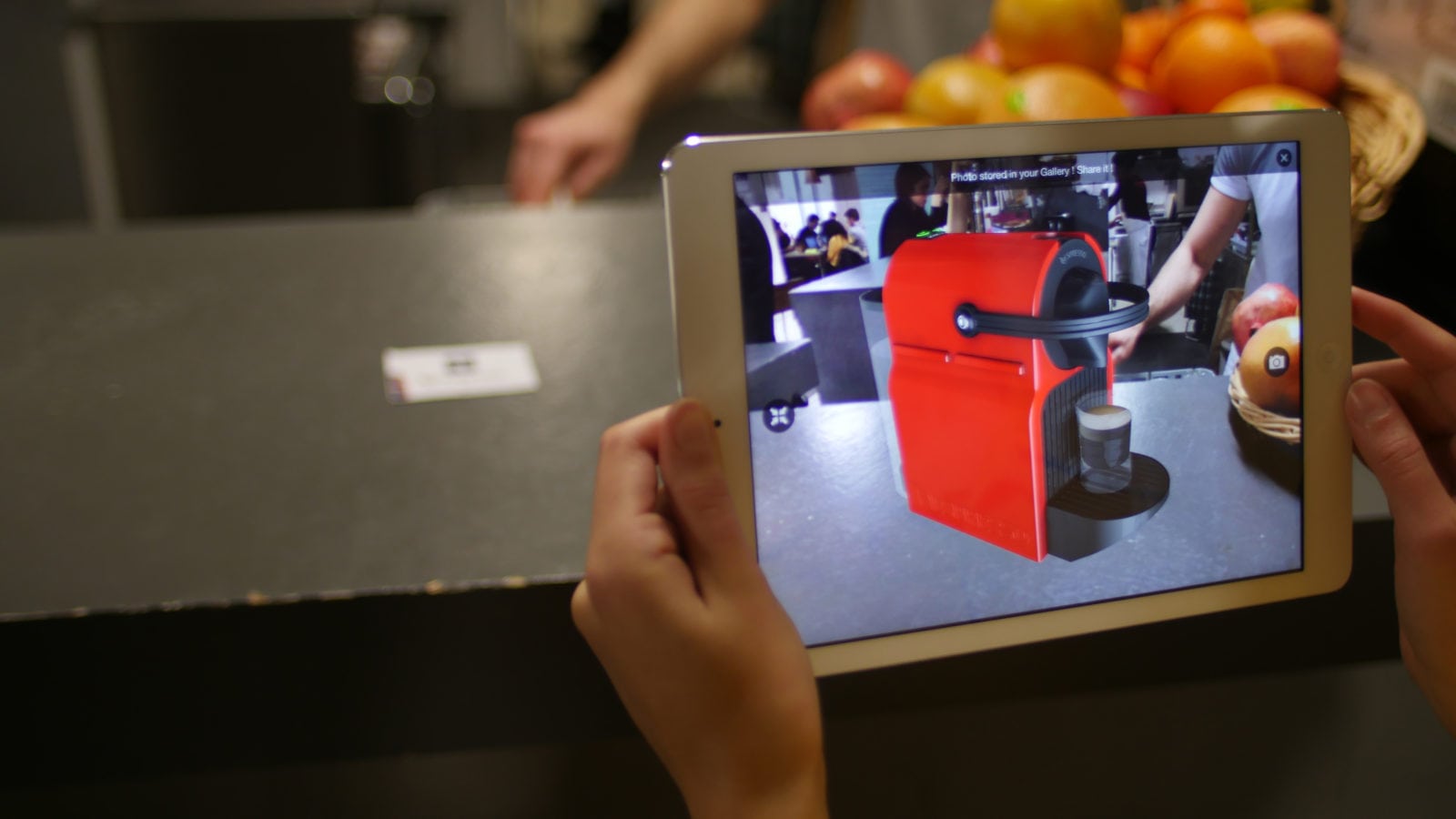Innovation has become a disruptor among retailers, differentiating those who commit to investing in tools that better engage their consumers and those who stick to more traditional practices.
The rapid evolution of ecommerce has allowed retailers to focus on creating a strong online presence, not just enhancing their in-store journey. Not only has ecommerce been profitable for business but also convenient and pleasing for consumers. Yet, despite the opportunity intrinsic to online retail and shopping, there are also some daunting challenges that companies must overcome in order to successfully sell online.
The primary drawback to online shopping is that many of the sensory elements that customers use to make their purchasing decisions are often lost. When shopping online, a customer cannot touch or feel an item, see how it works, or know how it will fit in their home. The loss of this interactivity and presence in the shopping experience leads to uncertain buyers and more abandoned carts.
Additionally, shopping online inevitably involves a bit of guesswork from a consumer, which can lead to unsatisfied customers and company loss through increased return rates. In fact, according to research conducted by the National Retail Federation, merchandise returns in the U.S. represent nearly $260 billion of the retail market.
As the future of ecommerce continues to shape, augmented reality (AR) will have a huge impact in how customers buy products online. Augmented reality is helping to solve these dilemmas with product visualization. AR makes it possible to see virtual products in your actual environment, and the integration of AR in ecommerce is quickly changing how consumers shop by allowing them to see what they want to buy before any purchase is made.
Even with the knowledge of a product’s dimensions, it’s still challenging to envision how it will look in your home or on your counter beyond a simple eyeball test. Augmented reality is set to revamp the online shopping experience in that sense.
What AR means for mobile shopping
As mobile commerce grows, merchants still struggle to come close to the conversions of desktop. There are a couple factors to which retail insiders attribute this disparity between desktop and mobile conversion rates:
Intent – With the majority of ecommerce sales being performed through desktop devices, consumers who shop on mobile more frequently have an intent to browse catalogs rather than buy.
Mobile friction – Most mobile devices weren’t intended for online shopping, and the smaller screens and (often) slower load times make it difficult for users to complete their purchasing decisions as easily, especially when it comes to entering information and comparing products. This often results in cart abandonment.
The convenience of shopping online, especially through mobile, faces tough obstacles that augmented reality is directly addressing. Being that AR is mostly seen through smartphones, it’s improving the ecommerce experience through both product visualization and making mobile shopping an engaging throughout the decision making process.
From consumer satisfaction to abandoned carts and returned products, there are countless challenges online merchants seek to overcome. As retailers strategize to increase conversions through online and mobile channels, AR is creating a more engaging buyer’s journey for these shoppers.
Augmented reality is encouraging shoppers to spend more time visualizing and configuring products in the real world, and they are no longer left with doubts about their online purchases. As innovation in retail continues, which tools are you using to allow shoppers to make more informed purchasing decisions to increase conversion rates across all channels?
Dennis Williams is the Content Marketing Manager for Augment
